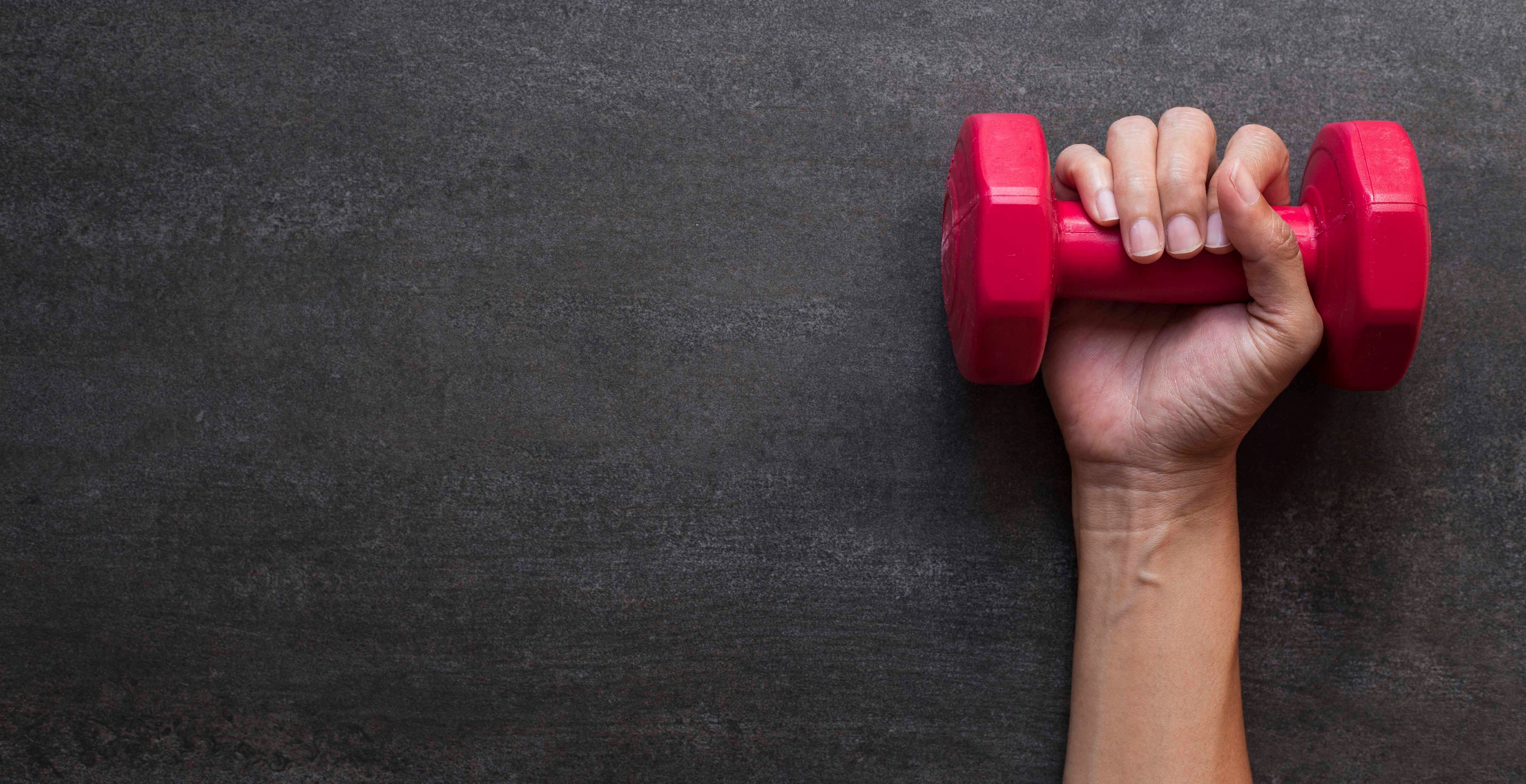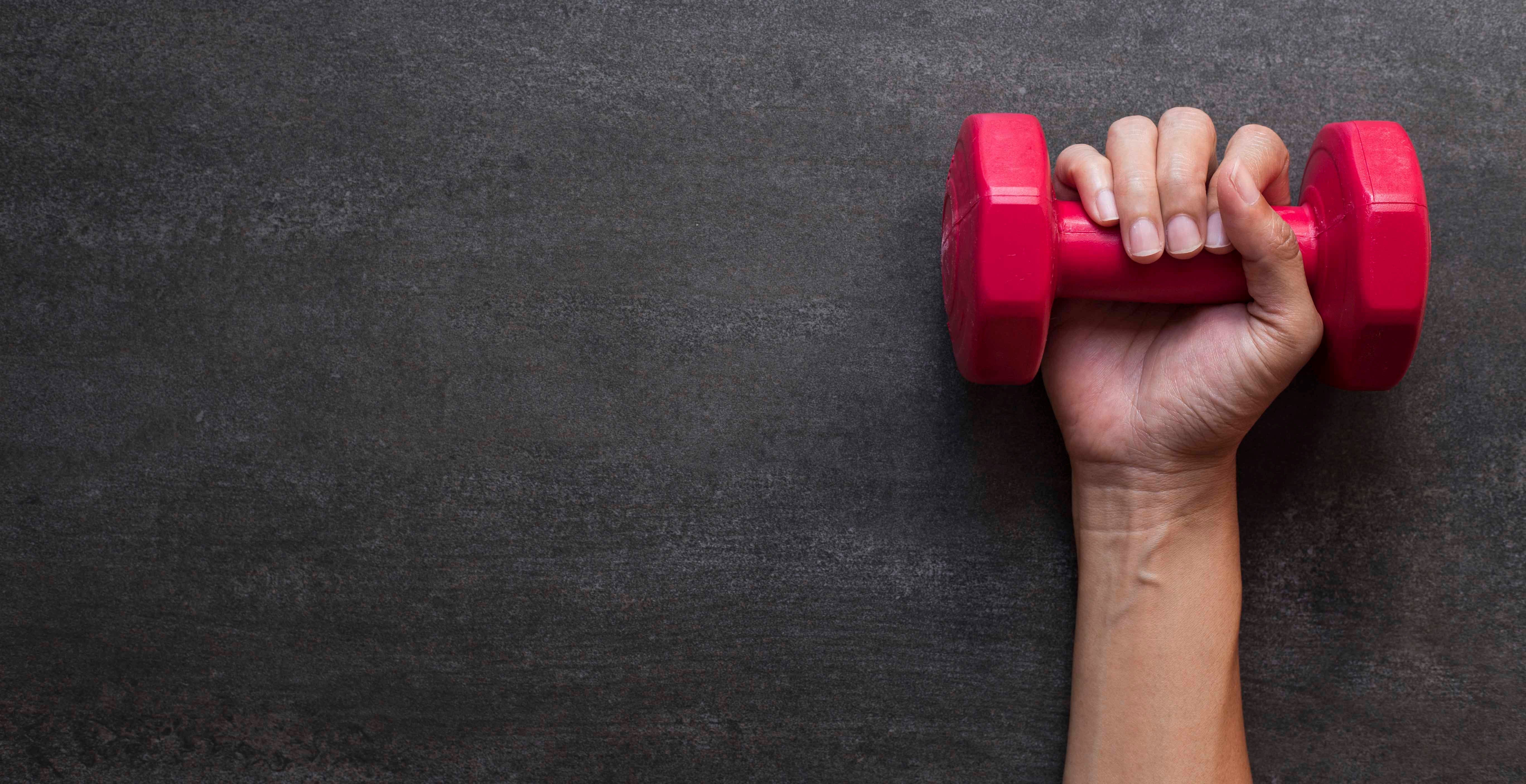A Beginner's Guide to Exercising With Weights


Does the idea of picking up a barbell conjure up images of bodybuilders "pumping iron?" Are you afraid you're going to develop large, bulky muscles? If so, you're not alone. Fortunately, things have changed and lifting weights is now commonplace. Resistance training is an excellent way to strengthen your muscles and boost your metabolism at the same time.
Which Type of Weights Should You Use?
If you're just beginning, keep it simple. If you want to buy weights for use at home, there's no need to spend thousands of dollars on expensive weight-lifting equipment. Start out with a pair of dumbbells or elastic resistance bands. Both are inexpensive, practical, easy to use, and easily stored. Some equipment manufacturers make dumbbells which allow you to quickly turn a knob and choose the desired weight.
You can also improvise other forms of resistance. A 2 L carton of milk weighs approximately four pounds, a thick book might weigh 2 to 3 pounds, and a soup can might register in at around one pound. You can even use your food scale to weigh these and other household items before using them in a workout.
Remember, at the end of the day, your muscles won't know the difference between fancy chrome dumbbells or a pair of cinderblocks. Go with the type of resistance with which you're most comfortable.
How Much Weight Should You Lift?
Next, you need to determine how much resistance to use. Starting out is a simple case of trial and error. Shoot for a weight that you can lift between eight to 12 times. In other words, you should be able reach eight repetitions but the twelfth one should be somewhat difficult, accompanied by a "burn" and fatigue in the target muscles.
Once your muscles adapt to your starting resistance, then it's time to bump it up a notch. As a general rule, when you can easily perform 12 repetitions with minimal fatigue, go ahead and increase the weight by two to three pounds. In the case of resistance that cannot be quantified, such as elastic bands, go ahead and graduate to the next thickness.
